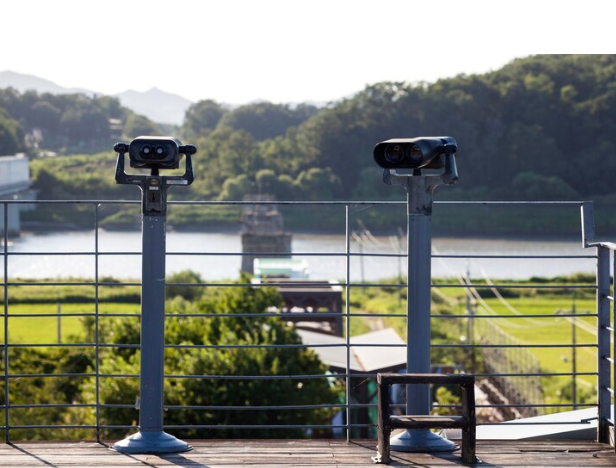The Role of Outdoor Commercial Sirens in Emergency Management Systems

In today’s fast-paced and ever-evolving world, the importance of effective emergency management cannot be overstated. Outdoor commercial sirens play a crucial role in ensuring public safety by providing timely and audible alerts in the event of emergencies. From natural disasters to industrial accidents, these sirens are an integral component of emergency response systems. This article explores the role of outdoor commercial sirens in emergency management systems and highlights their significance in safeguarding communities.
Understanding Outdoor Commercial Sirens
Outdoor commercial sirens are high-decibel alert systems designed to broadcast emergency signals across large areas. Unlike indoor alert systems, which are suited for confined spaces, outdoor sirens are engineered to penetrate open environments and reach people outside or in vehicles. Depending on the emergency and the alerting process, these sirens may produce a variety of sounds, including continuous tones, wailing signals, and voice messages.
Key Functions of Outdoor Commercial Sirens
Alerting the Public: The primary function of outdoor commercial sirens is to alert the public to imminent threats. Whether it’s a tornado, flood, fire, or chemical spill, the siren’s loud and distinctive sound cuts through environmental noise, ensuring that people are aware of the danger and can take appropriate action.
Coordinating Emergency Response: Sirens are often part of a larger emergency management system that includes communication networks, surveillance systems, and response teams. By integrating with these systems, sirens help coordinate the response efforts of emergency services, ensuring a quick and organized approach to managing the situation.
Providing Clear Instructions: Modern outdoor sirens can be equipped with voice messaging capabilities, allowing authorities to provide specific instructions to the public. This feature is particularly valuable during complex emergencies where people need clear guidance on evacuation routes, shelter locations, or safety measures.
Supporting Community Preparedness: Regular testing and maintenance of outdoor commercial sirens are crucial for ensuring their reliability when needed. Communities that invest in these systems also engage in public awareness campaigns, educating residents on how to respond when they hear the siren. This proactive approach helps build resilience and preparedness among the population.
Benefits of Outdoor Commercial Sirens
Wide Coverage: Outdoor sirens are designed to cover large areas, making them effective for alerting entire communities. Their high-decibel output ensures that the sound travels over long distances, reaching people even in noisy or rural environments.
Reliability: Unlike other communication methods that may be affected by power outages or network failures, outdoor sirens operate independently of these systems. This reliability ensures that alerts are still issued during times of widespread disruption.
Versatility: Outdoor sirens can be programmed to emit different sounds or messages for various types of emergencies. This versatility allows for a tailored approach to alerting, ensuring that the signal is appropriate for the specific threat.
Cost-Effectiveness: While the initial investment in outdoor commercial sirens can be significant, they offer long-term cost-effectiveness. Their durability and low maintenance requirements make them a practical choice for many communities and organizations.
Challenges and Considerations
False Alarms: The main problem of the system that employs exterior sirens is that false alarms are often possible. Thus, one can use competent preparation of the alerting protocol and clear indication for the population of various types of siren signals.
Sound Pollution: Out of the two categories, outdoor sirens are usually loud and can, at times, be considered noise pollution. Meeting the general objectives of the alerts with the potential outcomes of the community is another cog that moves the wheel of an emergency management planner.
Integration with Other Systems: Outdoor sirens should only complement other alerts that are already in place, especially the ones that utilize technology such as smartphones, social networks, and local broadcasting media. Integration thus guarantees the provision of multiple layers of communication to the overall effectiveness levels of the program.
Conclusion
Fitting outdoor commercial sirens are effective in organizing emergency response actions and informing the public of calamities happening around them. As they can provide loud, clear, and stable signals in the widespread zones, they can become indispensable tools when it comes to the protection of society. In knowing their importance and relevance, communities and organizations can enhance the principles within them, their readiness, as well as their response plans to disasters.
